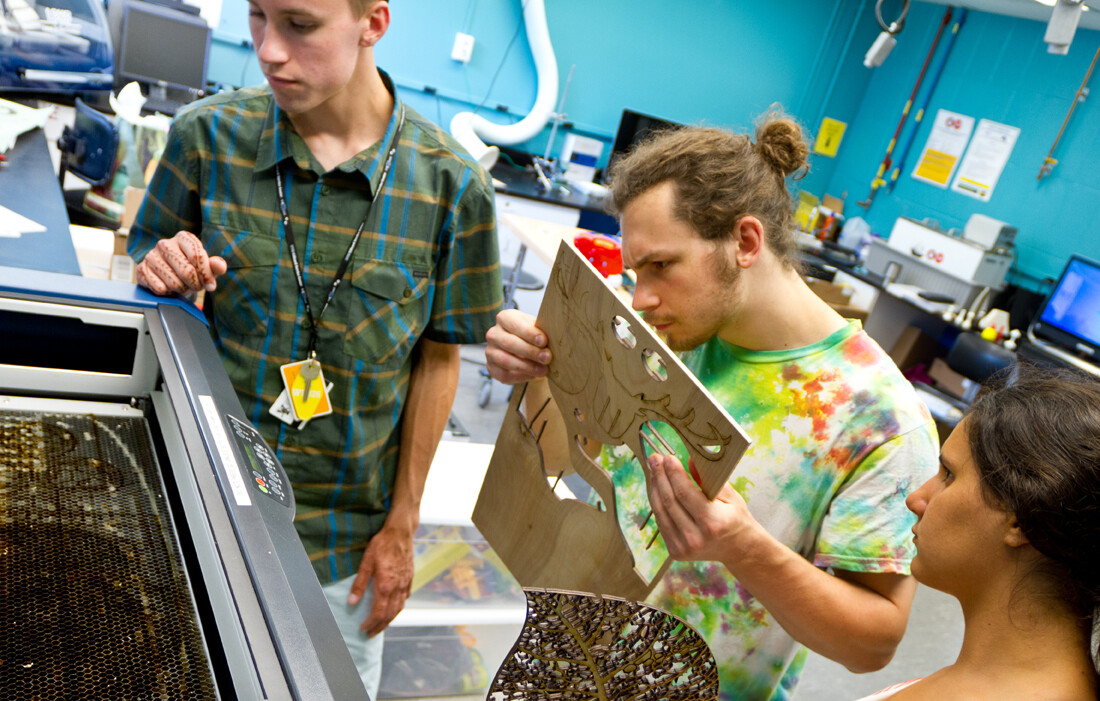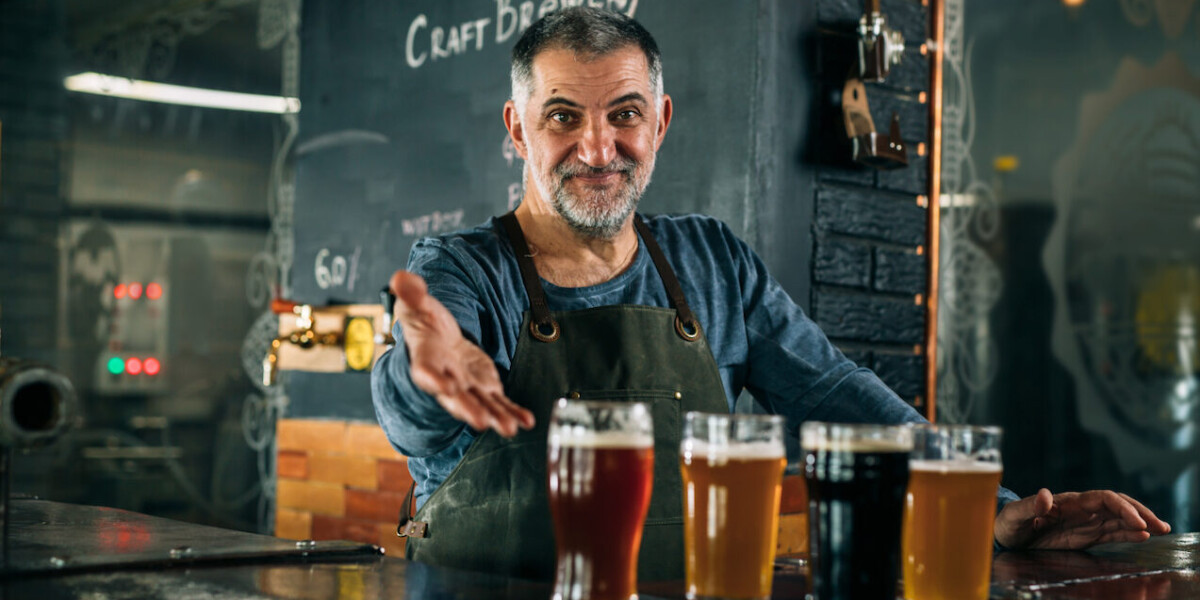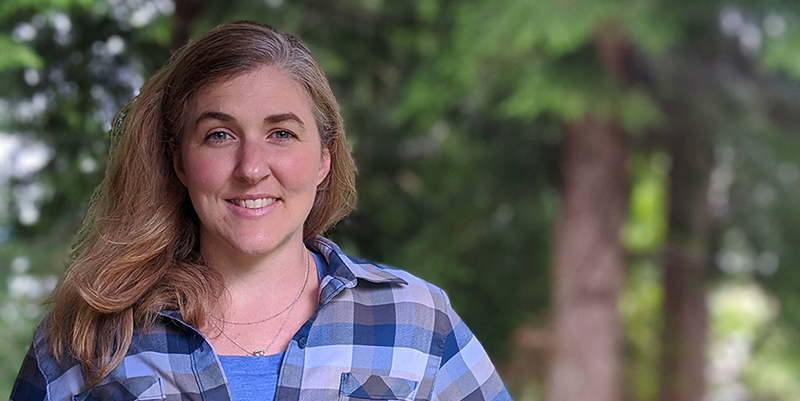By Erik Monsen, PhD
UVM Associate Professor
In preparing to write this piece, my wife asked me to explain makerspaces to her. Afterward, she pronounced that what I had described sounded very much like a youth hostel. In two important ways, I think she’s right.
First, a youth hostel/makerspace is a place where young people can gain access to traditionally “expensive” resources – space, equipment, and/or knowledge – for relatively little up-front financial investment or cost. Second – and even more critical – is the ability to meet with other travelers/makers and exchange special “insider” knowledge and experiences.
However, there is a third dimension that differentiates makerspaces from youth hostels – the ability to design, create, and make new and different things that did not exist before. And if these new things lead to the creation of new financial, social and/or environmental value, then the maker has taken the next step down the road to entrepreneurship.
So what can we do to grow the entrepreneurial maker eco-system here at UVM, and better connect UVM to the greater maker movement in Burlington and around the globe?
From my perspective as an entrepreneurship professor and a former aerospace engineer, I have a few humble suggestions about how UVM can more actively tap into this movement to create economic, social and environmental benefits for our state, students and alumni.
That said, before I make any recommendations about building anything new, let us first briefly review the variety of “makerspaces” that currently exist in and around UVM and Burlington, as well as the networks of makerspaces and entrepreneurial incubators that are emerging around the globe.
A Portfolio of Local Makerspaces and Services
While many makers, innovators and entrepreneurs start in their own garages (or those of their parents), this is actually one of the more expensive options, as you (or your parents) have to buy the tools and equipment. Additionally, the opportunities for unexpected and synergistic social interaction is limited to your close friends (and potentially angry family). Thus, what are some less expensive and more socially productive alternatives?
If you are a student or employee at UVM, there are several corners around campus where you can stretch your creative wings. One excellent example is the UVM Fab Lab in College of Engineering and Mathematical Sciences, which provides tools and classes in rapid prototyping for CEMS students and faculty.
In addition, UVM has several support offerings for makers, innovators and entrepreneurs. For example, the Instrumentation & Model Facility can help turn your designs into reality on a contract basis. And if you have a medical device prototype, the UVM Clinical Simulation Laboratory is the place to test your invention in a simulated hospital environment. Further, if you believe that your product has market potential, the UVM Office of Technology Commercialization can help you to make “first contact” to industry partners. Finally, if you need on-campus work space to grow your business, the Vermont Center for Emerging Technologies can provide you with facilities in Farrell Hall on the UVM Trinity Campus.
If you are not a UVM employee or student, or if you need more space or other services which UVM does not currently have in its portfolio, the Burlington community has a great variety of excellent offerings to help meet your maker needs. First and foremost is the year-old Generator space on Main Street. In addition to providing access to great equipment and training on a membership basis, they also provide studio space to a growing community of local makers. (And for those readers with a UVM connection, UVM’s Dan Harvey serves on the Generator’s board of directors.) Furthermore, if you are looking to find other makers and to learn more about how to be a maker, the premier event of the year is the Champlain Maker Faire in September.
Alternatively, if your making endeavors simply require cool office space instead of heavy machinery, there are least three co-working space options in town. These include the Vermont Center for Emerging Technologies, the Karma Bird House, and Office Squared. While each of these co-working spaces has their own special flavor, they all provide makers, innovators and entrepreneurs with both relatively inexpensive office space and the opportunity to interact with and synergize in community spaces and community building events.
However, if you are not yet old enough to be a UVM student or employee, Vermont Makers creates curriculum for school age children, hosted by schools and libraries across the state. In addition, UVM Continuing and Distance Education’s Summer Academy offers a precollege “Maker’s Academy” course.
Looking Beyond UVM and Burlington
Outside of the campus and community borders, one of the most exciting developments is the ability to connect makerspaces around the globe. Pioneers in this area are MIT’s Center for Bits and Atoms and The Fab Foundation, which since 2001 have grown a global network of over 450 interconnected Fab Labs in 55 countries. And what is really cool is that designs from one Fab Lab can be digitally shared and then fabricated by any of the other Fab Labs around the world.
Other universities are also putting their own global spin on the maker movement. One example is Aalto University in Finland, who started the Aalto University Design Factory in 2008, which has evolved into the Design Factory Global Network, and is now in five cities around the globe.
Taking the Next Step from Makers to Entrepreneurial Start-Ups
While this blog post is focused on places that support the creation of physical things, often these new creations lead in turn to the creation of new start-up organizations. Spaces for the making startups are called incubators, and I would like to briefly highlight four high-tech incubator networks which have or may soon have connections in Burlington.
Beginning in Burlington, DesignBook is an online community where makers, innovators and entrepreneurs can post their projects, with the goal of finding collaborators, employees as well as funding for growth. Leaving Burlington and jumping to Boston, the second on my list is MassChallenge. Currently being led by a UVM alum, Scott Bailey, MassChallenge now has incubators in the Boston, London and Tel-Aviv, and is working with additional regional partners around the world. The third is TechStars, which began in Boulder Colorado (the Burlington of the Rockies), and now has incubators in six major US cities, as well as in the UK and Germany.
Last but not least, the Base of the Pyramid (BoP) Global Network has 26 “labs” around the world which are helping to promote innovative business models and companies that focus on improving the social and economic welfare of communities at the bottom of the economic pyramid – contact my UVM colleague Stuart Hart for more information on this exciting initiative, as well as the BoP Global Summit in Burlington.
How Can UVM Better Tap into and Support the Maker Movement?
If makerspaces can create economic, social and environmental benefits – for all levels of the social and economic pyramid – how can UVM tap into what is already happening both locally and globally, for the benefit of our state, students and alumni?
First, we should continue to both celebrate and strengthen the maker and maker-like programs which already exist on campus. For example, the SEED program for engineering students and the SparkVT program for university faculty provide opportunities, training and resources to work closely with industry partners. In addition, annual events such as UVM’s Invention to Venture (I2V) awards provide high profile recognition to our faculty innovators and entrepreneurs.
Second, we should strengthen our efforts to construct collaborative bridges between the disciplines, both socially through programs and physically through an interdisciplinary network of campus-based makerspaces. For example, Jenn Karson, director of the UVM Fab Lab reports that plans are being set in motion to interconnect makerspaces and studios across campus, as well as to introduce interdisciplinary maker classes that connect STEM and liberal arts students.
Third, to ensure that the spokes of our maker wheel keep spinning, I would like to suggest the creation of a physical hub for maker, innovator and entrepreneur activity campus. At first glance, one natural location might be the soon-to-be-built Science, Technology, Engineering and Mathematics (STEM) Complex.
Fourth, we should endeavor to leverage our connections with makers both in the local Burlington community (including the Maker Lab at Champlain College) as well as global maker networks. Obviously, there is no need to re-invent the wheel, if it is already spinning around us and waiting for us to jump on board.
Thus, the challenge for us will be to learn from and synergize with alumni, industry and university partners in both small-town maker communities (like Boulder) and big-time maker cities (like Boston) outside of Vermont, and at the same time maintain and leverage the uniquely organic and maple flavor of our Vermont maker/entrepreneur ecosystem.
 Erik Monsen, PhD, is an Associate Professor at the UVM School of Business Administration and the Steven Grossman Endowed Chair in Entrepreneurship. He is also an Associate Professor of Mechanical Engineering in the College of Engineering and Mathematical Sciences.
Erik Monsen, PhD, is an Associate Professor at the UVM School of Business Administration and the Steven Grossman Endowed Chair in Entrepreneurship. He is also an Associate Professor of Mechanical Engineering in the College of Engineering and Mathematical Sciences.




